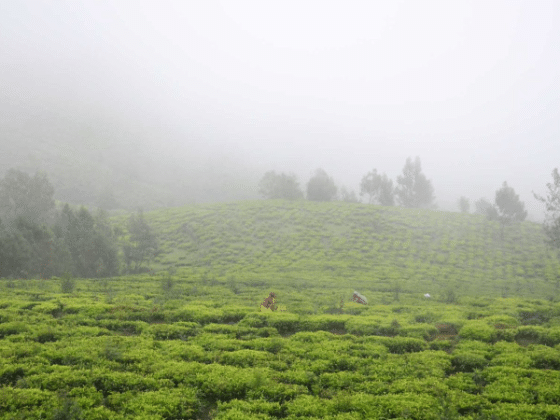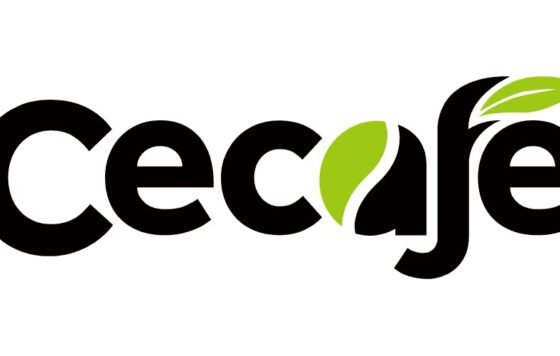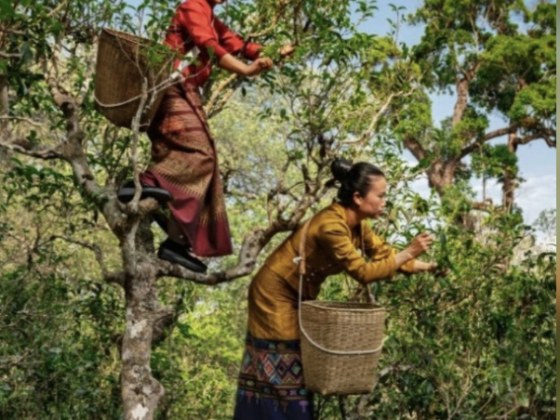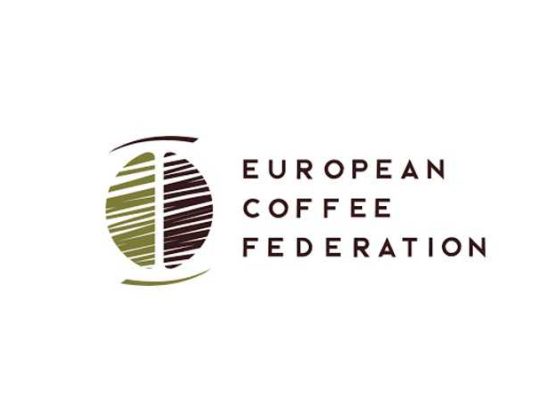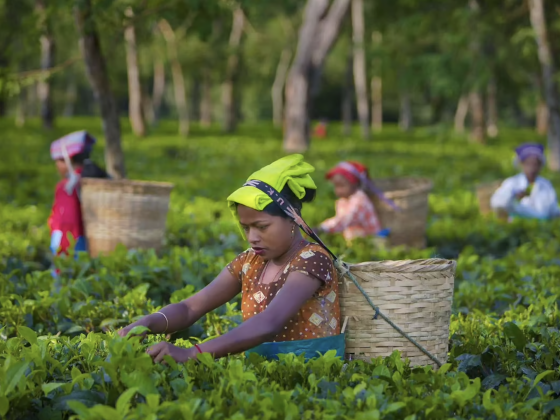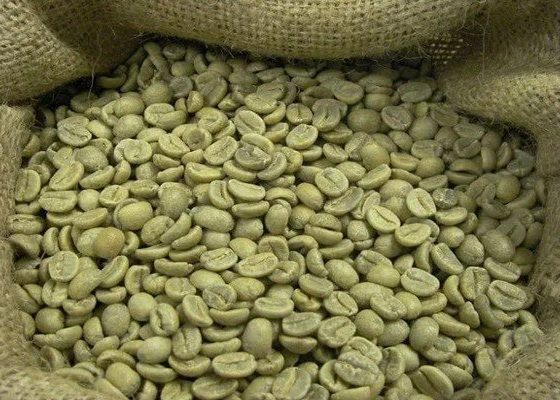The government is preparing to split the National Tea & Coffee Development Board (NTCDB) into two institutions each looking after the tea and coffee sectors only.
As the production and sales of both the products are going well, the government has felt the need for separate institutions to look after the two sectors.
NTCDB Executive Director Raman Prasad Pathak said the Ministry of Agricultural Development has been making the final preparation to form two separate bodies for the development of tea and coffee.
“It is relevant to form two separate authorities to monitor the sectors that have grown significantly in recent times,” said Pathak, adding that specialized bodies dealing with specific areas could help the growth of both tea and coffee.
The government established the NTCDB in 1993 with the aim of promoting these two farm products. Currently, the board which has a staff of 97 has been monitoring the sector through two regional offices in Birtamod, Jhapa and Pokhara.
Tea and coffee are two of the major exportable items of the country. The NTCDB’s records show that business abroad has been surging in recent years. Over the last one decade, exports have swollen several-fold.
Nepal earned Rs 2.04 billion from exporting 10,709 tonnes of tea in 2012-13 compared to Rs 53.9 million from 193 tonnes in 2002-03. Similarly, coffee exports grew significantly to Rs 27.6 million in 2005-06 from a mere Rs 638,000 in 1995-06.
The production of tea rose to 19,610 tonnes in the last fiscal year 2013-14 from 19,225 tonnes a year ago while coffee production reached 375 tonnes from 366 tonnes a year ago, according to the Economic Survey 2013-14.
Higher earnings from coffee have encouraged more and more farmers to take up coffee growing. Along with the rising attraction, tea growing areas and output have increased significantly, according to the NTCDB.
The board’s statistics show that the land area under tea cultivation increased to 19,100 hectares in the last fiscal year from 12,647 hectares in 2002-03. Likewise,
the land area under coffee cultivation increased more than five-fold to 1,765 hectares in 2013-14 from 314 hectares in 2000.
According to Pathak, tea growing areas have been increasing 8-10 percent annually while coffee growing areas have been expanding at the rate of 25-30 percent.
Ilam, Jhapa, Panchthar, Dhankuta and Terhathum are the main tea producing districts in Nepal. Pathak added that many farmers from other regions like Dolakha, Nuwakot, Ramechhap, Lalitpur and Kaski districts had taken up tea planting of late.
Similarly, coffee production has also been a lucrative business for farmers. As a result, coffee cultivation has spread to districts like Lamjung, Kavrepalanchok, Lalitpur and Sindhupalchok apart from the traditional producers like Palpa, Syangja and Gulmi.
Meanwhile, tea entrepreneurs termed the government’s move as a positive step for the development of the farm products. “Promoting farm products through separate missions will be an inspiring step, however, the government should not use these bodies just for political appointments,” said Udaya Chapagain, past president of the Himalayan Tea Producers’ Association.
He asked the government to also include representatives from the private sector in the proposed separate boards for tea and coffee.
Nepal’s annual tea output comes to 20,000 tonnes, of which 4,500 tonnes are orthodox tea while the rest are CTC tea.
Chapagain said that there had been notable growth in orthodox tea. Out of the total production of orthodox tea, 10 percent is consumed domestically, 80 percent is exported to Kolkata, India while the remaining 10 percent is exported to third countries directly. “Most of the products sold to India are being re-exported to third countries as Darjeeling tea,” he said, blaming the situation on weak government policy.
Source: ekantipur.com/2014/08/11/business/national-tea—coffee-board-to-be-split/393433.html


